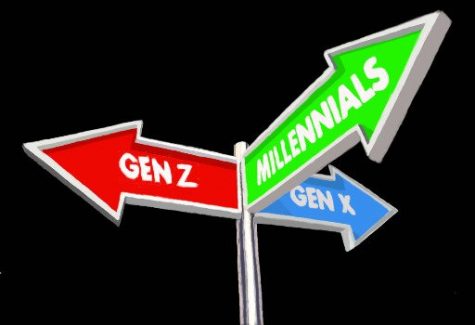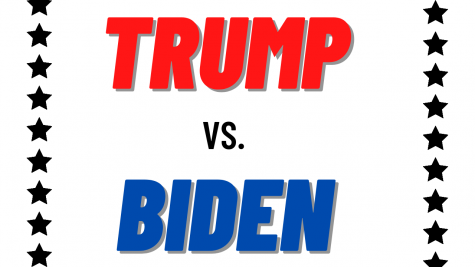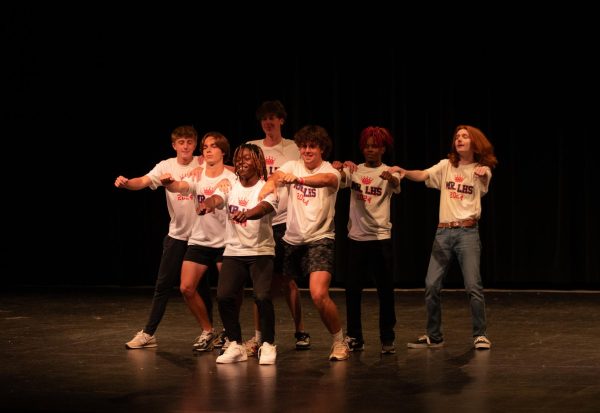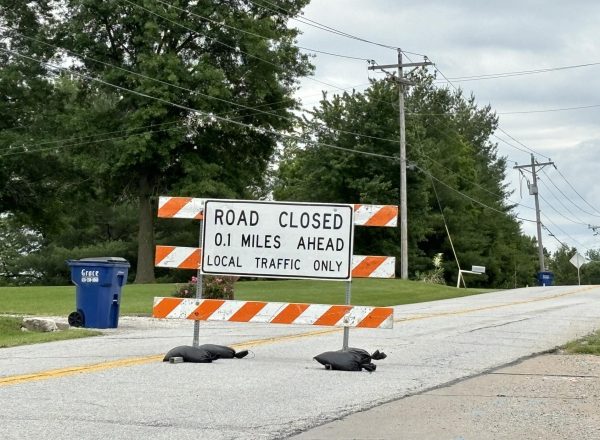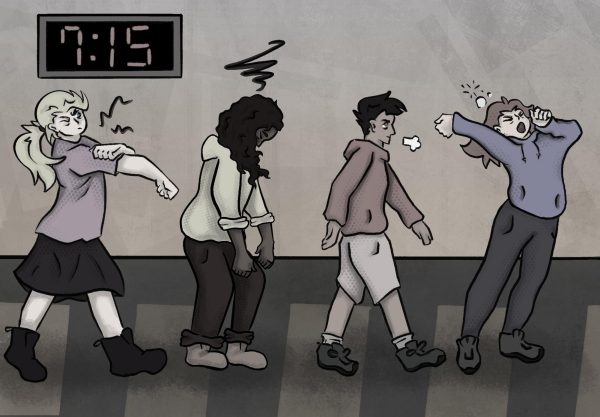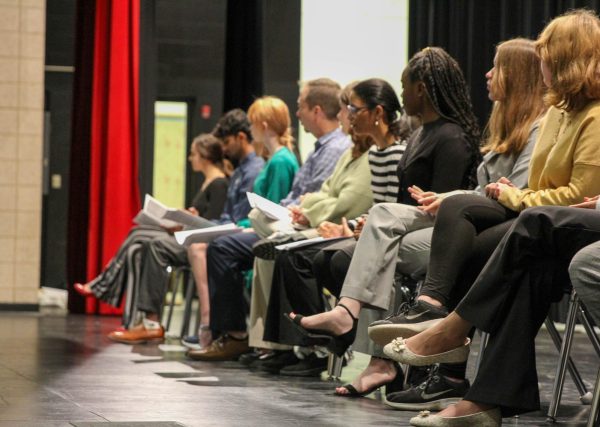The 2020 Election Breakdown
America is Divided on who would make the Best President.
As the infamous year of 2020 comes to its sluggish end, citizens across the country are bracing themselves for a landmark presidential election- the first in decades that takes place in the midst of a devastating pandemic. The election itself is riddled with controversy between the two front runners, Donald Trump (R) and Joe Biden (D), and their respective vice-presidential nominees, Mike Pence (R) and Kamala Harris (D). Both candidates have had to make do with strenuous conditions to continue their public campaigns.
Use these links for more information on Trump’s and Biden’s beliefs, courtesy of ISideWith.
When compared, the two seem radically different in their ideals, making for divided voters. The country as of August 2020, remains almost evenly divided, with 45% of registered voters supporting Trump to varying degrees, and 53% saying they support Biden to varying degrees. In addition, there are multitudes of demographic support for both candidates, which calls attention to which groups of people support which candidate the strongest. We can answer the questions: which candidate do younger people support? which candidate does a certain race or ethnicity support?
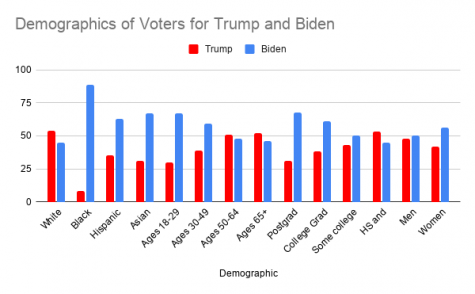
While there is a variety of opinions between the demographics, both Trump and Biden may have to address more split demographics to secure votes. These include senior citizens, men, and Caucasians. Regardless of demographics, voters are free to choose which issues appeal to them and which candidate addresses most of them.
The electoral college means that there are a number of states that are important to the election process. States such as California (55), Texas (38), and New York (29) are more densely populated and have a much higher say than Missouri (10). If you are interested in how many electoral votes states have, click here.
The presidential candidates, at the moment, need to consider which states play to their parties. Recent consensus shows that Missouri as a state is more likely to cast a higher number of Republican electoral votes, in this case, votes for President Trump. However, there are a variety of states who have so many different views that it is not as easy to predict which party they will likely vote for as a state. These toss-up states include Florida, Ohio, Nevada, and Arizona.
While Biden is holding a slim lead as of right now, there is no guarantee of victory for either candidate as the voting process is distinct from others. With differing candidates are differences in voting styles, with 57% of Trump supporters planning to vote in person by election day, and 52% of Biden supporters planning to vote by mail.
The driving factor behind these decisions is COVID-19, and how safe the voter will feel if they choose to vote in person or by mail. The differences in voting methods may delay the announcement of who has won the election.
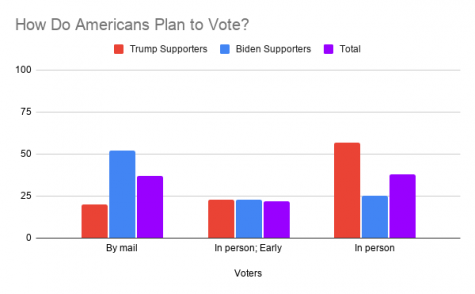
Whether or not one is able to vote or not, this election will be a grand event for all American people. The United States is built on the ideals of liberty, equality, and democracy, and the presidential election can ensure both. Truly, it is the people’s decision of who shall lead the land of the free, so to potential voters who are reading this, I urge you to take advantage of our system and VOTE!



